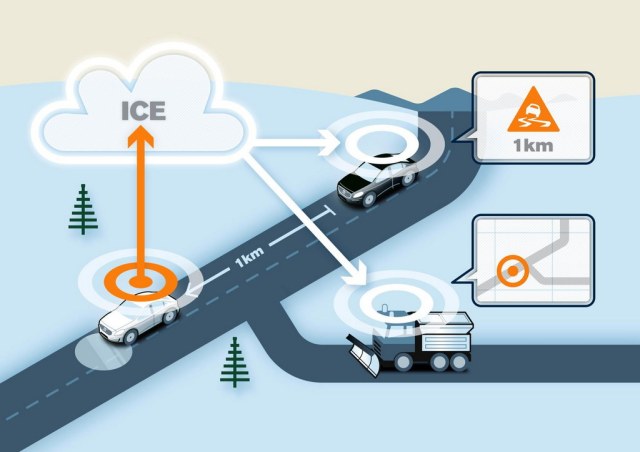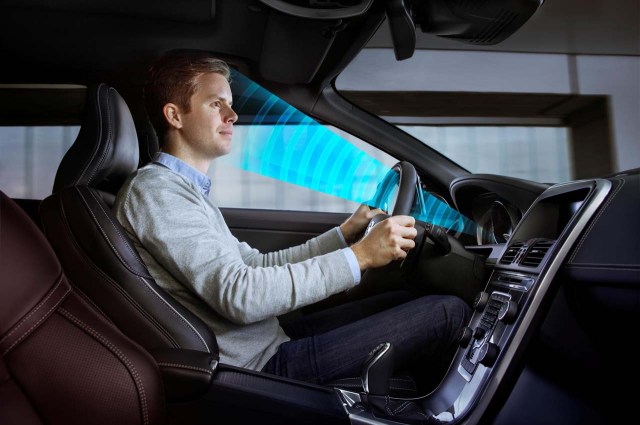To make the life of car drivers easier, car brands such as Honda, GM, Audi, BMW, Daimler and Volvo joined the car2car communication consortium. What is the idea behind this, establishing a wireless communication system that allows vehicles of any brand or model to communicate with each other. They hope that this network will reduce the number of accidents, improve the traffic flow and make driving easier. The movie above gives an idea of how it would improve the current driving dangers. The consortium hopes that the system will be ready to use by 2016.

Volvo is already testing this cloud-based car2car communication to prevent accidents because of slippery roads, in collaboration with the Swedish Transport Administration and the Norwegian Public Roads Administration. This pilot project momentarily has 50 test cars on the road and next winter the fleet will grow even more. The project uses the mobile network, when a test car detects a slippery spot on the road, the information is send to the Volvo Cars’ database using the mobile phone network. This information is then send to other vehicles in the neighborhood, or ones that are approachingthe slippery patch in the road. Not only can it alert drivers but it can also pass this information on to the road administrator to prevent slippery roads better and execute better road maintenance when the winter ends.
Volvo doesn’t only sense external dangers, they also implemented the use of sensors to monitor the movements of the driver itself. A camera is mounted in the dashboard, to monitor the driver’s head position and calculate the direction he is looking in. The system can adjust the direction of the headlights to follow the direction the driver is looking in. It also detects if the driver is sleepy or tired by looking at his eyes, the support systems can sharpen the attention of the driver.
Volvo immediately said that the cloud data is uploaded anonymously so it doesn’t store who makes a fault. They also state that the monitoring system doesn’t save any pictures, this to avoid any privacy issues.
Do you think that these systems could save lives?
Or do you think they instill a false sense of safety that at the end of the line causes even more accidents because the drivers depend too much on those safety system?


